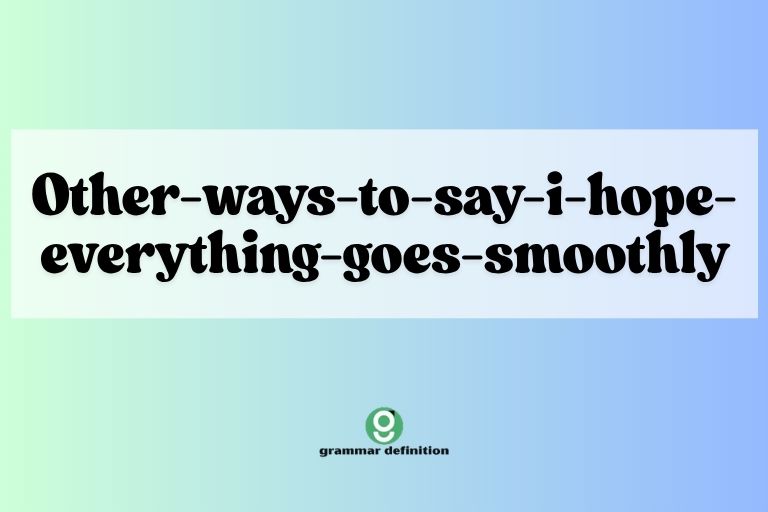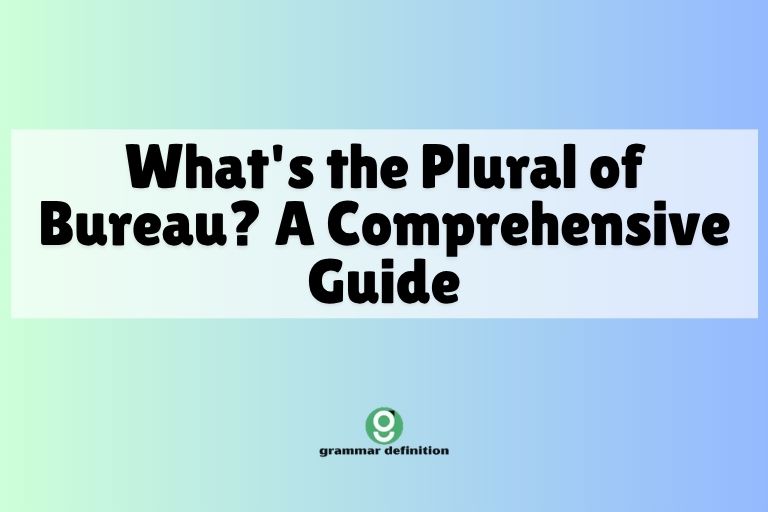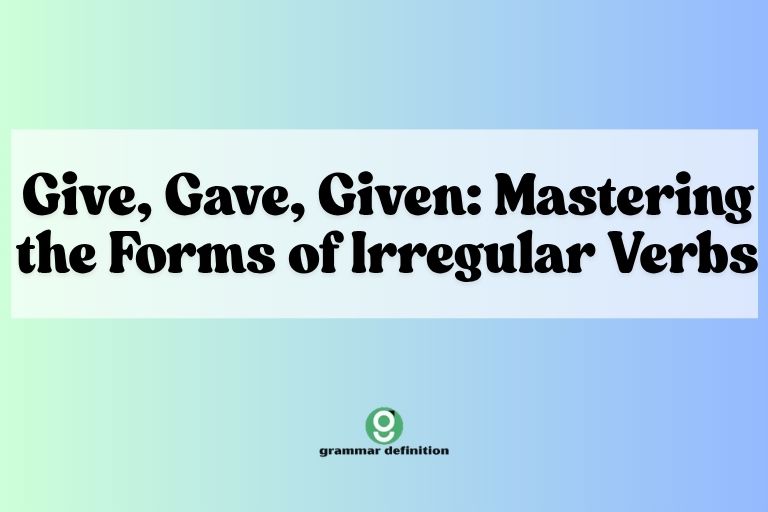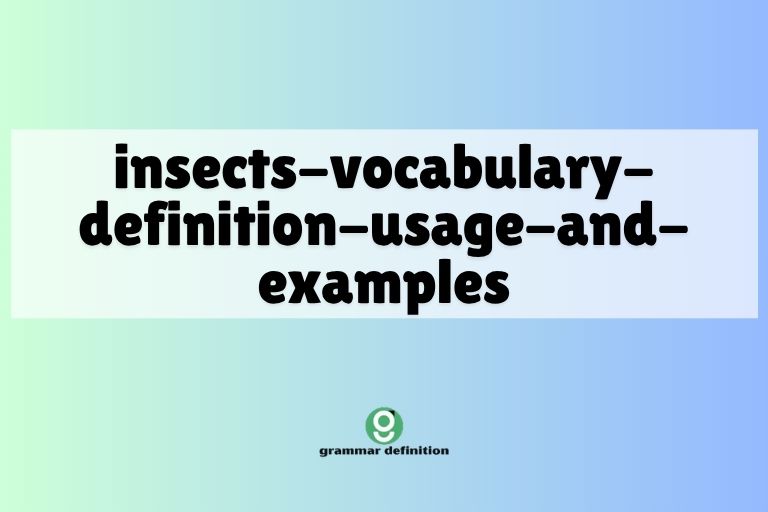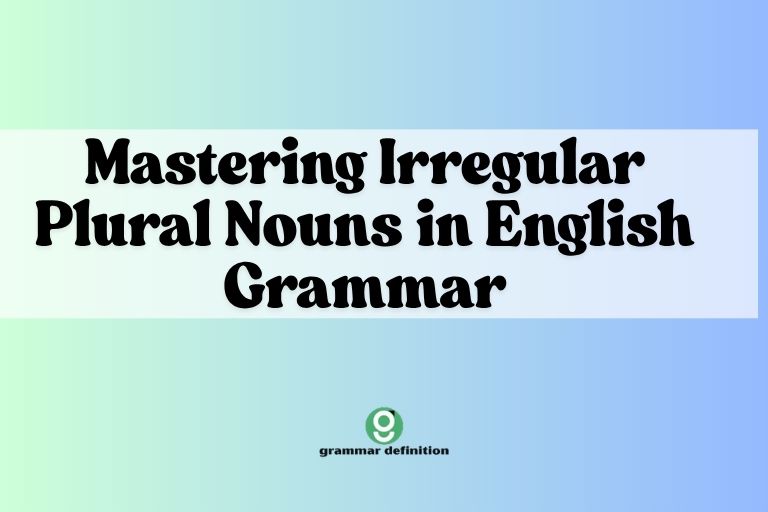Active Sentences: Definition, Usage, and Examples
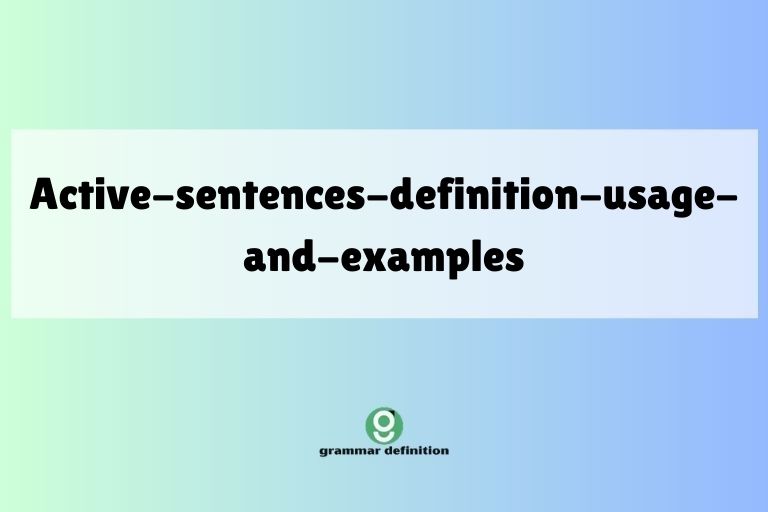
Understanding active sentences is fundamental to mastering English grammar. Active voice is a core element of clear and direct communication, making your writing and speaking more impactful and easily understood.
This article provides a comprehensive guide to active sentences, covering their definition, structure, usage rules, common mistakes, and advanced applications. Whether you’re a beginner or an advanced learner, this guide offers valuable insights and practice to enhance your understanding and use of active voice.
Table of Contents
- Introduction
- Definition of Active Sentences
- Structural Breakdown of Active Sentences
- Types of Active Sentences
- Examples of Active Sentences
- Usage Rules for Active Sentences
- Common Mistakes with Active Sentences
- Practice Exercises
- Advanced Topics in Active Voice
- Frequently Asked Questions (FAQ)
- Conclusion
Definition of Active Sentences
An active sentence is a sentence where the subject performs the action expressed by the verb. In simpler terms, the subject is the one doing the action. This contrasts with passive sentences, where the subject receives the action. Active sentences are generally more direct, concise, and easier to understand than their passive counterparts. They are a fundamental building block of effective communication in English.
The key characteristic of an active sentence is that the subject is the agent of the action. This means the subject is the one initiating or carrying out the verb’s action. Understanding this relationship between the subject and verb is crucial for identifying and constructing active sentences correctly. They are prevalent in everyday speech and writing because of their clarity and impact.
Active sentences are important because they clearly show who or what is responsible for an action. This clarity is particularly valuable when providing instructions, reporting events, or expressing opinions.
Using active voice consistently can make your writing more engaging and persuasive. It also helps to avoid ambiguity, ensuring that your message is easily grasped by your audience.
Structural Breakdown of Active Sentences
The basic structure of an active sentence follows a Subject-Verb-Object (SVO) order, although variations exist depending on the verb type and sentence complexity. Understanding this structure is essential for constructing grammatically correct and meaningful sentences.
Let’s break down each component:
Subject
The subject is the noun or pronoun that performs the action. It usually appears at the beginning of the sentence.
The subject can be a person, place, thing, or idea. Identifying the subject is the first step in analyzing the structure of any active sentence.
Verb
The verb expresses the action performed by the subject. It is the central element of the sentence and indicates what the subject is doing.
The verb must agree with the subject in number (singular or plural) and tense (past, present, future). Correct verb conjugation is crucial for grammatical accuracy.
Object
The object is the noun or pronoun that receives the action of the verb. It answers the question “whom?” or “what?” after the verb. Not all active sentences have an object. Verbs that take an object are called transitive verbs, while those that do not are called intransitive verbs.
Consider the following examples to illustrate the SVO structure:
- Subject: The dog; Verb: chased; Object: the ball. (The dog chased the ball.)
- Subject: She; Verb: is reading; Object: a book. (She is reading a book.)
- Subject: They; Verb: built; Object: a house. (They built a house.)
While the SVO structure is the most common, active sentences can also include adverbs, adjectives, and other modifiers that add detail and complexity. However, the core SVO relationship remains the foundation of the sentence.
Types of Active Sentences
Active sentences can be categorized based on their purpose and structure. Understanding these different types can help you use active voice more effectively in various contexts.
Declarative Sentences
Declarative sentences make a statement or assertion. They are the most common type of active sentence and are used to convey information or express an opinion.
These sentences typically end with a period.
Interrogative Sentences
Interrogative sentences ask a question. In active voice, the subject still performs the action, but the word order is often altered to form the question.
These sentences typically end with a question mark.
Imperative Sentences
Imperative sentences give a command or make a request. In active voice, the subject is often implied (usually “you”).
These sentences can end with a period or an exclamation point.
Exclamatory Sentences
Exclamatory sentences express strong emotion or surprise. They can be in active voice and typically end with an exclamation point.
The table below provides examples of each type of active sentence:
| Sentence Type | Example |
|---|---|
| Declarative | The chef cooked a delicious meal. |
| Interrogative | Did you finish your homework? |
| Imperative | Close the door. |
| Exclamatory | He won the race! |
Recognizing these different types of active sentences allows you to choose the most appropriate structure for your intended message, enhancing clarity and impact. Each type serves a specific function in communication, making your writing and speech more versatile and engaging.
Examples of Active Sentences
This section provides a wide range of examples to illustrate the use of active sentences in various contexts and tenses. These examples are categorized to help you understand how active voice functions in different situations.
Simple Present Tense
The simple present tense describes habitual actions, general truths, or facts. In active voice, the subject performs the action regularly or consistently.
| Example | Explanation |
|---|---|
| The sun rises in the east. | A general truth. |
| She reads every day. | A habitual action. |
| They play football on weekends. | A regular activity. |
| He drinks coffee every morning. | A daily habit. |
| The birds sing in the trees. | A common observation. |
| I study English every night. | A regular study habit. |
| We eat dinner at 7 PM. | A scheduled event. |
| The train arrives on time. | A scheduled event. |
| My sister works at a bank. | A regular job. |
| The students attend classes regularly. | A common activity. |
| My father watches the news every evening. | A daily habit. |
| She writes emails to her friends. | A regular communication method. |
| He cooks dinner for his family. | A regular task. |
| The children play in the park. | A common activity. |
| I listen to music while I work. | A common habit. |
| We visit our grandparents every month. | A regular visit. |
| The teacher explains the lesson clearly. | A regular task. |
| They clean the house every Saturday. | A regular activity. |
| She practices the piano daily. | A daily habit. |
| He walks to work every day. | A daily routine. |
| The cat sleeps on the sofa. | A common habit. |
| I drink water throughout the day. | A daily habit. |
| We celebrate birthdays every year. | A regular event. |
| They grow vegetables in their garden. | A common activity. |
| She paints beautiful pictures. | A regular hobby. |
Simple Past Tense
The simple past tense describes actions that happened and finished in the past. In active voice, the subject performed the action at a specific time in the past.
| Example | Explanation |
|---|---|
| He painted the house last week. | Action completed in the past. |
| She visited her family yesterday. | Specific time in the past. |
| They watched a movie on Saturday. | Completed activity in the past. |
| I ate pizza for dinner. | Completed action. |
| We traveled to Europe last summer. | Past travel. |
| The dog barked at the mailman. | Past event. |
| She wrote a letter to her friend. | Completed writing. |
| He fixed the car himself. | Completed repair. |
| The children played in the garden. | Past activity. |
| I read a book before bed. | Past habit. |
| We celebrated her birthday with a party. | Past celebration. |
| They built a new school in the town. | Past construction. |
| She sang a song at the concert. | Past performance. |
| He ran a marathon last year. | Past achievement. |
| The rain stopped after a few hours. | Past weather event. |
| I learned to swim when I was young. | Past skill acquisition. |
| We explored the ancient ruins. | Past exploration. |
| They climbed the mountain successfully. | Past achievement. |
| She danced at the party all night. | Past activity. |
| He worked as a teacher for many years. | Past job. |
| The cat caught a mouse. | Past event. |
| I bought a new car last month. | Past purchase. |
| We visited the museum on Sunday. | Past visit. |
| They closed the store early. | Past action. |
| She sold her old bicycle. | Past sale. |
Simple Future Tense
The simple future tense describes actions that will happen in the future. In active voice, the subject will perform the action at a future time.
| Example | Explanation |
|---|---|
| I will travel to Japan next year. | Future travel plan. |
| She will finish her project tomorrow. | Future completion. |
| They will buy a new house soon. | Future purchase. |
| He will start his new job next week. | Future job. |
| We will celebrate our anniversary next month. | Future celebration. |
| The team will win the championship. | Future win. |
| She will learn to play the guitar. | Future learning. |
| He will write a book someday. | Future writing. |
| The children will go to summer camp. | Future activity. |
| I will study for the exam. | Future study. |
| We will visit the zoo on Saturday. | Future visit. |
| They will build a new hospital. | Future construction. |
| She will sing at the wedding. | Future performance. |
| He will run in the race. | Future participation. |
| The weather will be nice tomorrow. | Future weather. |
| I will call you later. | Future call. |
| We will have a picnic in the park. | Future picnic. |
| They will open a new store. | Future opening. |
| She will dance at the party. | Future dance. |
| He will work from home. | Future work arrangement. |
| The cat will catch the mouse. | Future event. |
| I will buy a new phone. | Future purchase. |
| We will watch a movie tonight. | Future activity. |
| They will close the office early. | Future action. |
| She will sell her old furniture. | Future sale. |
Usage Rules for Active Sentences
Using active sentences effectively requires understanding certain rules and guidelines. These rules ensure clarity, conciseness, and impact in your writing and speech.
Subject-Verb Agreement
The verb must agree with the subject in number. Singular subjects take singular verbs, and plural subjects take plural verbs.
This is a fundamental rule of English grammar.
Correct Tense Usage
Use the appropriate tense to convey the correct time frame of the action. Ensure that the verb tense matches the context of the sentence.
Avoid Unnecessary Passive Voice
Use active voice whenever possible to create clear and direct sentences. Reserve passive voice for situations where the actor is unknown or unimportant.
Maintain Consistency
Maintain a consistent voice throughout your writing. Avoid switching between active and passive voice unnecessarily, as this can confuse the reader.
The table below summarizes these key usage rules:
| Rule | Description | Example |
|---|---|---|
| Subject-Verb Agreement | Verb must agree with the subject in number. | He runs (singular), They run (plural) |
| Correct Tense Usage | Use the appropriate tense for the time frame. | I am eating (present), I ate (past) |
| Avoid Passive Voice | Prefer active voice for clarity. | Active: She wrote the letter. Passive: The letter was written by her. |
| Maintain Consistency | Keep a consistent voice throughout your writing. | Avoid unnecessary shifts between active and passive voice. |
Adhering to these usage rules will significantly improve the clarity and effectiveness of your communication. Active sentences, when used correctly, make your message more engaging and easier to understand.
Common Mistakes with Active Sentences
Even experienced writers and speakers can make mistakes when using active sentences. Recognizing these common errors can help you avoid them and improve your grammar skills.
Incorrect Subject-Verb Agreement
One of the most common mistakes is failing to ensure that the verb agrees with the subject in number. This can lead to grammatically incorrect sentences.
Misuse of Tenses
Using the wrong tense can change the meaning of a sentence and create confusion. Pay close attention to the context and choose the appropriate tense accordingly.
Unnecessary Use of Passive Voice
Overusing passive voice can make your writing sound weak and indirect. Whenever possible, use active voice to create more impactful sentences.
The table below provides examples of common mistakes and their corrections:
| Mistake | Incorrect | Correct |
|---|---|---|
| Subject-Verb Agreement | They was playing football. | They were playing football. |
| Misuse of Tenses | I will saw him yesterday. | I saw him yesterday. |
| Unnecessary Passive Voice | The cake was eaten by him. | He ate the cake. |
By being aware of these common mistakes and practicing your grammar skills, you can avoid errors and use active sentences effectively. Consistent practice and attention to detail are key to mastering active voice.
Practice Exercises
These practice exercises will help you reinforce your understanding of active sentences and improve your ability to use them correctly. Each exercise focuses on different aspects of active voice, providing a comprehensive review.
Exercise 1: Identifying Active Sentences
Identify which of the following sentences are in active voice. Write “Active” or “Passive” next to each sentence.
| Sentence | Answer |
|---|---|
| 1. The cat chased the mouse. | |
| 2. The letter was written by John. | |
| 3. She is reading a book. | |
| 4. The car was washed by him. | |
| 5. They built a new house. | |
| 6. The food was cooked by the chef. | |
| 7. He fixed the computer. | |
| 8. The window was broken by the wind. | |
| 9. The students study English. | |
| 10. The song was sung by her. |
Answers: 1. Active, 2. Passive, 3. Active, 4. Passive, 5. Active, 6. Passive, 7. Active, 8. Passive, 9. Active, 10. Passive
Exercise 2: Converting Passive Sentences to Active
Convert the following passive sentences to active sentences.
| Passive Sentence | Active Sentence |
|---|---|
| 1. The ball was kicked by the boy. | |
| 2. The cake was eaten by them. | |
| 3. The letter was written by her. | |
| 4. The car was driven by him. | |
| 5. The house was painted by them. | |
| 6. The food was cooked by the chef. | |
| 7. The computer was fixed by him. | |
| 8. The window was broken by the wind. | |
| 9. The lesson was taught by the teacher. | |
| 10. The song was sung by her. |
Answers: 1. The boy kicked the ball. 2. They ate the cake. 3. She wrote the letter. 4. He drove the car. 5. They painted the house. 6. The chef cooked the food. 7. He fixed the computer. 8. The wind broke the window. 9. The teacher taught the lesson. 10. She sang the song.
Exercise 3: Completing Active Sentences
Complete the following active sentences by filling in the missing verb in the correct tense.
| Sentence | Answer |
|---|---|
| 1. She ______ to music every day. (listen) | |
| 2. They ______ a new car last week. (buy) | |
| 3. He ______ his homework now. (do) | |
| 4. We ______ to the beach tomorrow. (go) | |
| 5. The cat ______ the mouse. (chase) | |
| 6. She ______ a book yesterday. (read) | |
| 7. They ______ a house next year. (build) | |
| 8. He ______ coffee every morning. (drink) | |
| 9. The students ______ English in class. (study) | |
| 10. The bird ______ in the sky. (fly) |
Answers: 1. listens, 2. bought, 3. is doing, 4. will go, 5. chased, 6. read, 7. will build, 8. drinks, 9. study, 10. flies
Advanced Topics in Active Voice
For advanced learners, understanding more complex aspects of active voice can further enhance their writing and communication skills. This section explores some of these advanced topics.
Active Voice in Complex Sentences
Active voice can be used effectively in complex sentences with multiple clauses. Ensuring that the main clause is in active voice can maintain clarity even in longer, more intricate sentences.
Active Voice in Different Writing Styles
The use of active voice can vary depending on the writing style. While it is generally preferred in most contexts, certain styles may require a more nuanced approach.
Active Voice and Rhetorical Devices
Active voice can be combined with rhetorical devices to create more persuasive and engaging writing. Understanding how to use active voice strategically can enhance the impact of your message.
Exploring these advanced topics can help you master active voice and use it effectively in a variety of contexts. Continuous learning and practice are key to achieving fluency and precision in your writing and speech.
Frequently Asked Questions (FAQ)
This section addresses some frequently asked questions about active sentences to clarify any remaining doubts and provide further guidance.
- What is the difference between active and passive voice?
Active voice is when the subject performs the action (e.g., “The dog chased the ball”). Passive voice is when the subject receives the action (e.g., “The ball was chased by the dog”). - Why is active voice preferred over passive voice?
Active voice is generally preferred because it is more direct, concise, and easier to understand. It clearly shows who or what is responsible for the action. - When is it appropriate to use passive voice?
Passive voice is appropriate when the actor is unknown, unimportant, or when you want to emphasize the action rather than the actor. - How can I identify an active sentence?
An active sentence has a subject that performs the action. Look for the subject-verb relationship where the subject is the agent of the action. - Can all sentences be converted from passive to active voice?
Most passive sentences can be converted to active voice, but sometimes it is not possible or practical if the actor is unknown or irrelevant. - What are the benefits of using active voice in writing?
Using active voice makes your writing clearer, more engaging, and more persuasive. It also helps to avoid ambiguity and ensures that your message is easily understood. - How does active voice affect the tone of my writing?
Active voice generally creates a more confident and assertive tone, while passive voice can sound more formal or detached. - Are there any exceptions to the rule of using active voice?
Yes, there are situations where passive voice is preferred, such as in scientific writing where the focus is on the process rather than the person performing the experiment.
Conclusion
Mastering active sentences is crucial for effective communication in English. By understanding the definition, structure, and usage rules of active voice, you can significantly improve the clarity, conciseness, and impact of your writing and speaking.
Active voice makes your message more direct and engaging, ensuring that your audience understands your intended meaning.
Remember to practice identifying and constructing active sentences in various contexts. Pay attention to subject-verb agreement, tense usage, and avoid unnecessary passive voice.
Continuous learning and practice are key to mastering active voice and achieving fluency in English. By incorporating active voice into your everyday communication, you can enhance your overall language skills and express yourself with confidence.

